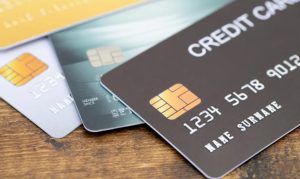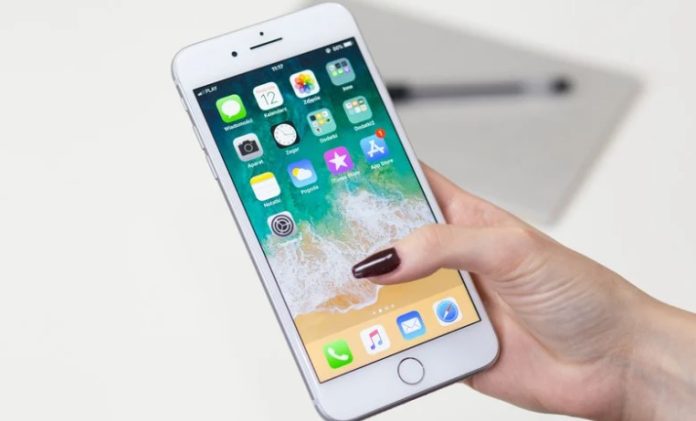Table of Contents
With the increasing need for contactless payment options, Apple Pay has become a popular choice for many. But what is Apple Pay? How does it work? And how can you set it up on your device? In this blog, we’ll cover all the basics of Apple Pay and provide a comprehensive guide on how to use it. From adding a card to your wallet to making payments in-store or online, we’ve got you covered.
We’ll also discuss the benefits of using Apple Pay and its security features that make it a safe and convenient payment option. Lastly, we’ll list which banks/cards support Apple Pay in the UK and the transaction limit. So if you’re new to Apple Pay or looking to learn more about it, keep reading!
What is Apple Pay?
Apple Pay is a mobile payment system created by Apple, which allows for secure and convenient transactions using NFC technology and biometric authentication such as Touch ID or Face ID. Users can link their debit or credit cards to the digital wallet through their iPhone device, iPad, Apple Watch, or Mac.
How Does Apple Pay Work?

Add your credit or debit card to the Wallet app on your iPhone or Apple Watch to use Apple Pay. When making a purchase, authenticate with Touch ID, Face ID, or passcode. NFC is used to transmit payment information securely without sharing your card number with merchants.
How to Set Up Apple Pay?
Setting up Apple Pay is easy. Open the Wallet app on your iPhone, add your credit/debit card by tapping the “+” sign, enter your card information and verify your identity. After verification, you can enjoy contactless payments using Apple Pay.
How to Add a Card to Apple Pay?
To add a card to Apple Pay, open the Wallet app on your iPhone and select “Add a Credit card or Debit Card.” Enter your card details and follow the prompts. Your bank may require additional verification.
How to Use Apple Pay?

Using Apple Pay in-store is a breeze. First, look for the contactless payment symbol at checkout. When ready to pay, hold your iPhone or Apple Watch near the payment terminal and authenticate with Touch ID or Face ID. Select Apple Pay as the payment option for online payments and follow the prompts.
Benefits of Using Apple Pay
Apple Pay is a secure and convenient payment method that offers advanced security features like tokenization and biometric authentication to protect your financial information. It’s an innovative way to pay using your iPhone or iPad without carrying cash or credit cards. In addition to saving money by eliminating the need for physical payment methods that may charge fees, Apple Pay also provides rewards and loyalty points from participating merchants.
Security Features of Apple Pay
Using Apple Pay as your default payment method on your Apple device provides several benefits. One of the most important is the advanced security features it offers. Your payment information is never transmitted in its original form but instead uses tokenization to keep it secure while being transmitted. Biometric authentication, such as Touch ID or Face ID, adds an extra layer of protection, while every transaction requires dynamic security validation codes.
Additionally, lost or stolen devices can be remotely locked to prevent unauthorised access to your Apple Pay app or wallet. Transactions also aren’t linked to your actual credit/debit card number, minimizing the chance of fraudulent activity occurring.
Which banks/cards Support Apple Pay in the UK?

Apple Pay is widely supported by major UK banks such as Barclays, HSBC, Lloyds Bank, and Santander, as well as popular credit card issuers like American Express and Mastercard. It’s best to check with your bank or issuer to confirm availability. Additionally, many UK retailers and businesses accept Apple Pay for contactless payments.
What is the Limit on Apple Pay UK?
The limit for Apple Pay UK varies among merchants and banks, with some having a £30 per transaction limit and others setting different limits. It’s best to check the merchant or bank’s website or contact customer support to determine their limit.
Conclusion
Apple Pay is an efficient, secure, and convenient payment method with your iPhone, iPad, or Apple Watch. Setting it up is straightforward; you only need to add your card details. Once set up, you can use this digital wallet to make contactless payments for shop purchases, online transactions, and even in-app purchases.
Apple Pay has many benefits, like cashback offers and rewards programs. With security features such as Touch ID/Face ID verification and tokenizing your card details, Apple Pay is a safe option for all your payment needs.
FAQ – How to Use Apple Pay?

Is Apple Pay the same as Apple Wallet?
Apple Pay and Apple Wallet are two different things. Apple Wallet is an app for storing digital cards, including credit and debit cards, while Apple Pay is a payment method that uses the stored cards. You must add your cards to the Wallet app before using Apple Pay for purchases online or in participating stores.
What are the disadvantages of Apple Pay?
Although Apple Pay is a convenient payment option, it has some drawbacks:
- Not all retailers accept it
- It requires a compatible device which may not be available on older models
- Some users worry about the security of their financial information
- Apple Pay may have limited functionality in certain regions.
Is Apple Pay different to card?
A physical card and Apple Pay are not the same thing. It allows you to store your credit/debit card info on your iPhone/Apple Watch for contactless payments via secure encryption. One must have a suitable device and add their cards to the Wallet app to use it.
Does Apple Pay charge a fee?
Using Apple Pay for transactions does not incur fees from the service itself. However, your bank or credit card issuer may have associated fees. It’s best to check with them beforehand. Despite potential fees, Apple Pay is a secure and convenient payment method.
Can I use Apple Pay internationally?
Although Apple Pay is available in many countries, not all banks and merchants support it outside your home country. To ensure a seamless experience while travelling internationally, check if your bank supports Apple Pay in the destination country and be aware that some charges may apply.
Is Apple Pay safer than card?
Compared to physical cards, Apple Pay is believed to be a safer option. It uses encryption, doesn’t store card data, and requires authentication for each transaction. Additionally, you can remotely disable your Apple Pay account if your device is lost or stolen. However, the payment method is only partially foolproof.


